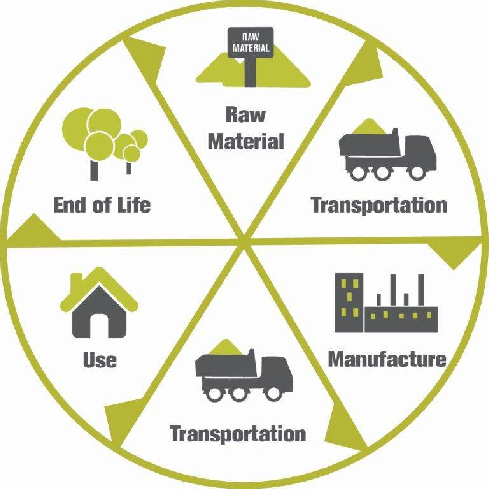Need for Life Cycle Analysis
“We are the first generation to feel the effect of climate change and the last generation who can do something about it.”
-Rightly said by the 44th President of the United States, we are the ones who are going to face the potential future effects of climate change which includes frequent wildfires, stronger and intense hurricanes, ice-free arctic, burning heat waves, rising sea levels, a degree of difference to name a few.
Industries have a colossal contribution in climate change because of the heat-trapping emissions in the process. One of the methods developed by experts to keep a check on the environmental impacts caused is called Life Cycle Assessment/Analysis (LCA).
What is LCA?
LCA is a technique to assess environmental impacts associated with all the stages of a product’s life from raw material extraction through materials processing, manufacture, distribution, use, repair and maintenance, and disposal or recycling.
LCA identifies environmental hot spots in products and materials and establishes the benchmark against which improvements can be measured. Companies use LCA to demonstrate transparency and corporate credibility to stakeholders and customers. LCA is also used in new product research and development when environmental footprint is important to the future marketing or cost structure of a product.
How to do an LCA?
Well, you don’t have to be an amateur to do an LCA. Anyone with an LCA handbook and the related software can do it. According to ISO 14040/14044 standards, the major steps of LCA are:
1. Defining the goal and scope
The goal includes subcategories like the what is the application of the LCA, who is the target audience and how you aim to improve the energy performance.
The scope includes sub-categories like which approach(cradle to grave, gate to gate, cradle to gate, etc) you will take to do LCA and defining the system boundary.
2. Inventory analysis
Here, you have to note down all the environmental input and output used for a specific process.
3. Life cycle impact assessment
This can be done using software like Simapro or OpenLCA. You just have to feed in the days you have collected till now.
4. Interpretation
Interpretation of output obtained through software.
There are two approaches to do an LCA-
Bottom-up Approach
Here, you start with inventory, get the result from software and then do the interpretation.
Top-down Approach
Here, first the required result is defined, the term “environment” is defined and the method of how different environmental problems are to be weighted are selected.
Here, I have given a broad understanding of LCA. I will discuss the software using which LCA is done and what all is taken into consideration giving the input in the next blog.
